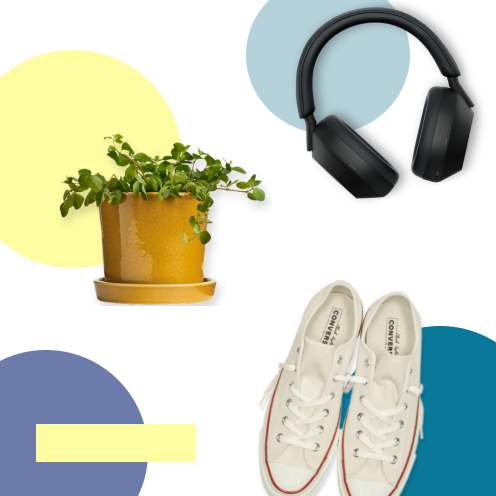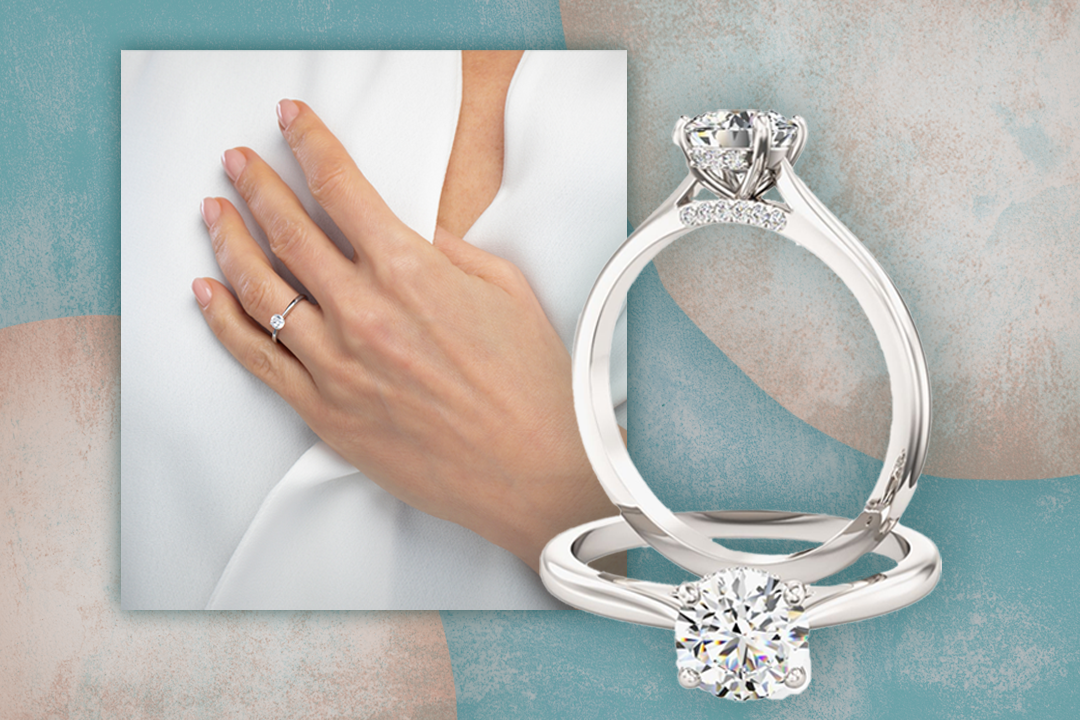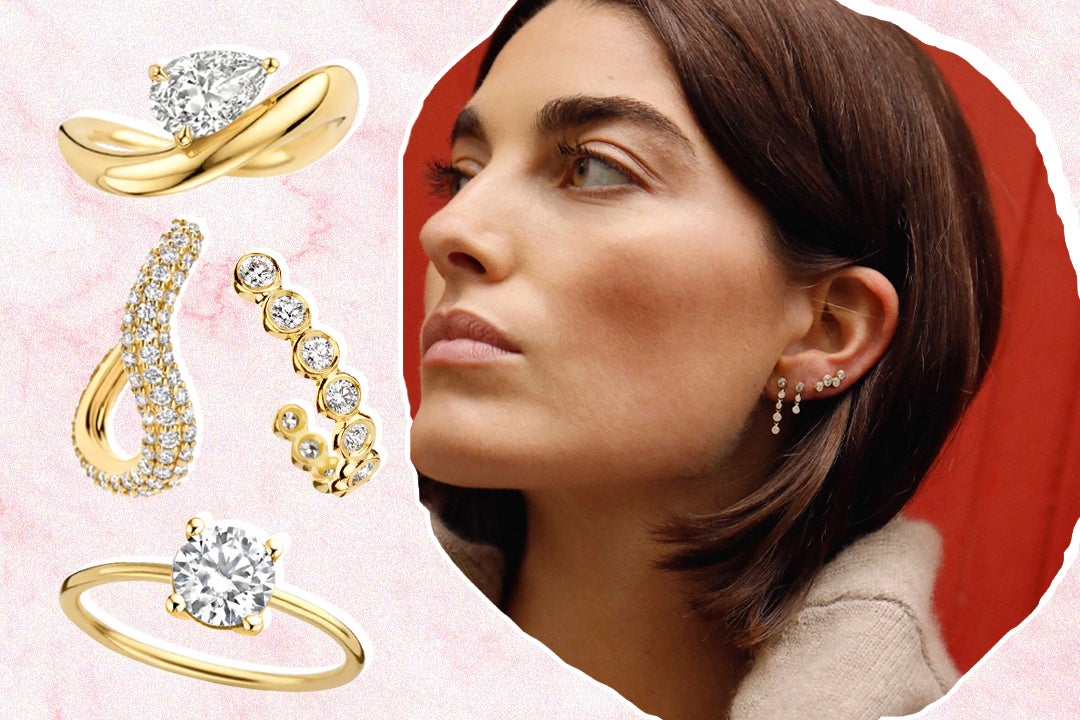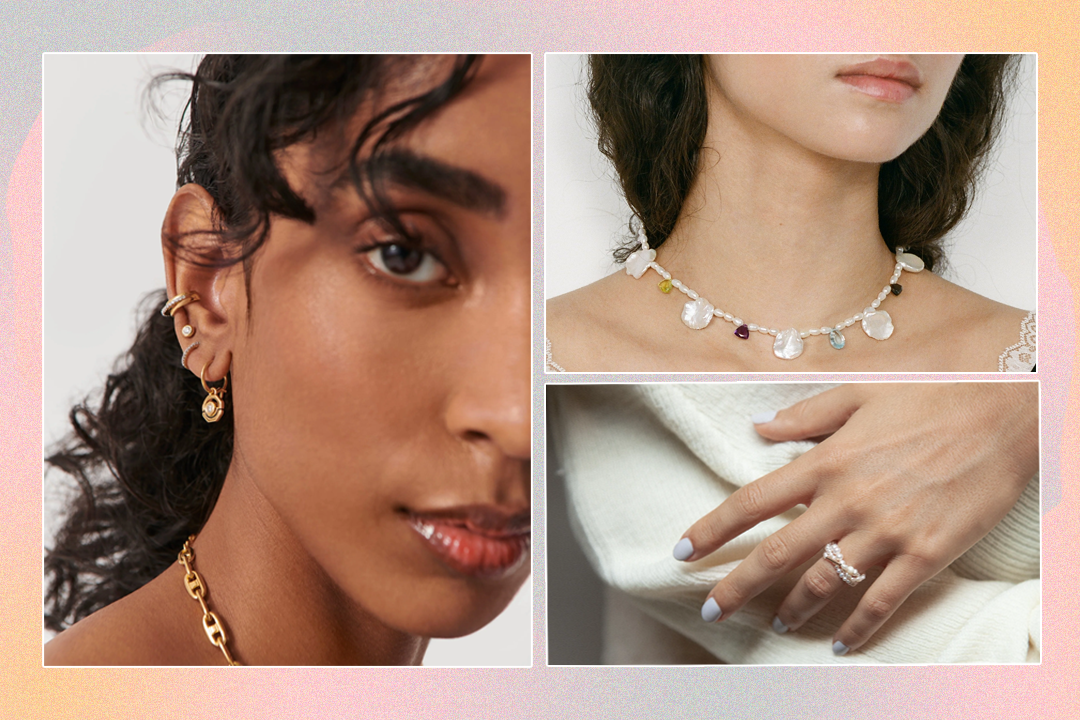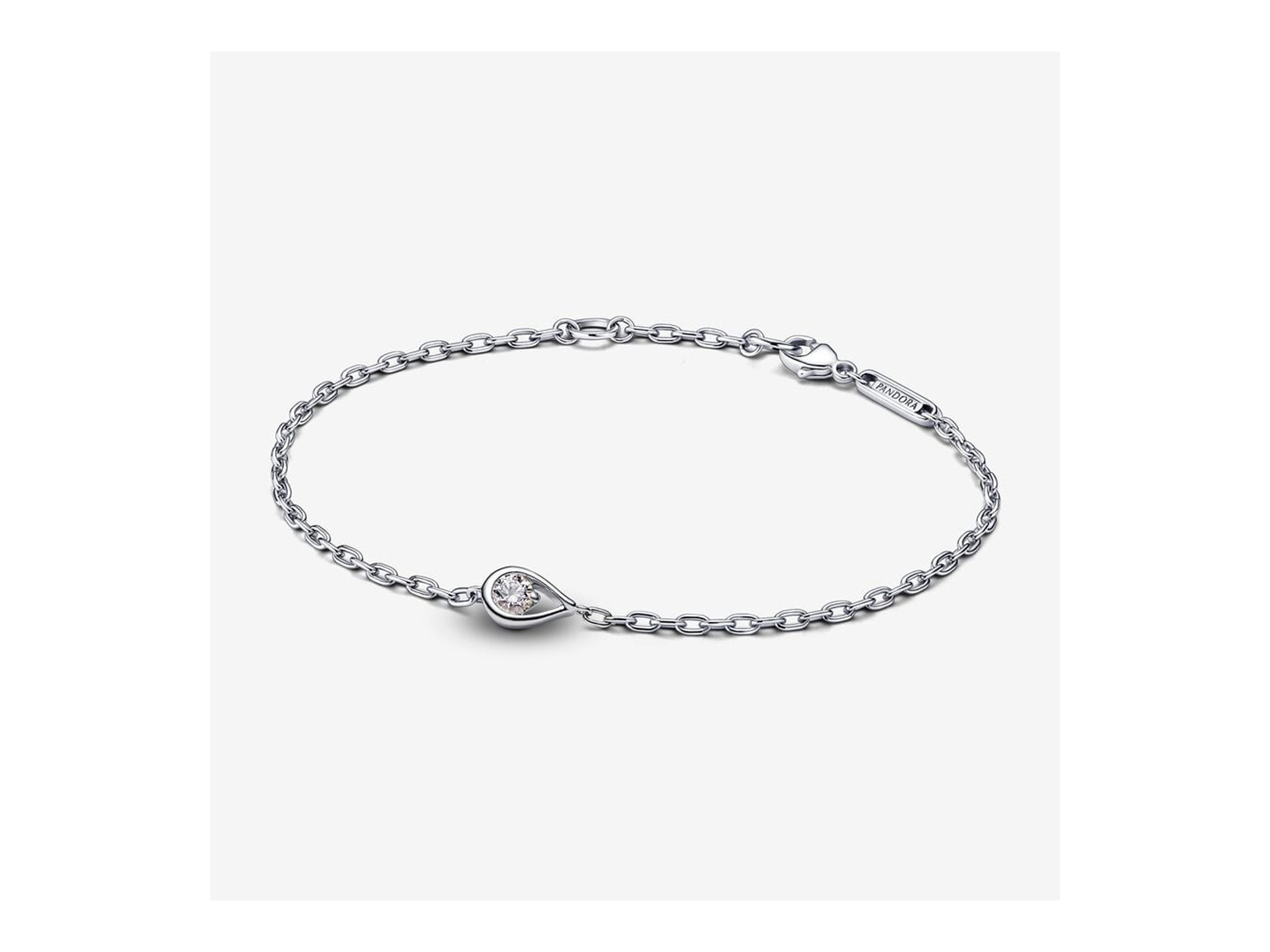
The Independent's journalism is supported by our readers. When you purchase through links on our site, we may earn commission. Why trust us?
How do Pandora’s lab-grown diamonds compare to the real deal?
The jewellery giant has pledged to remove mining from its production practices


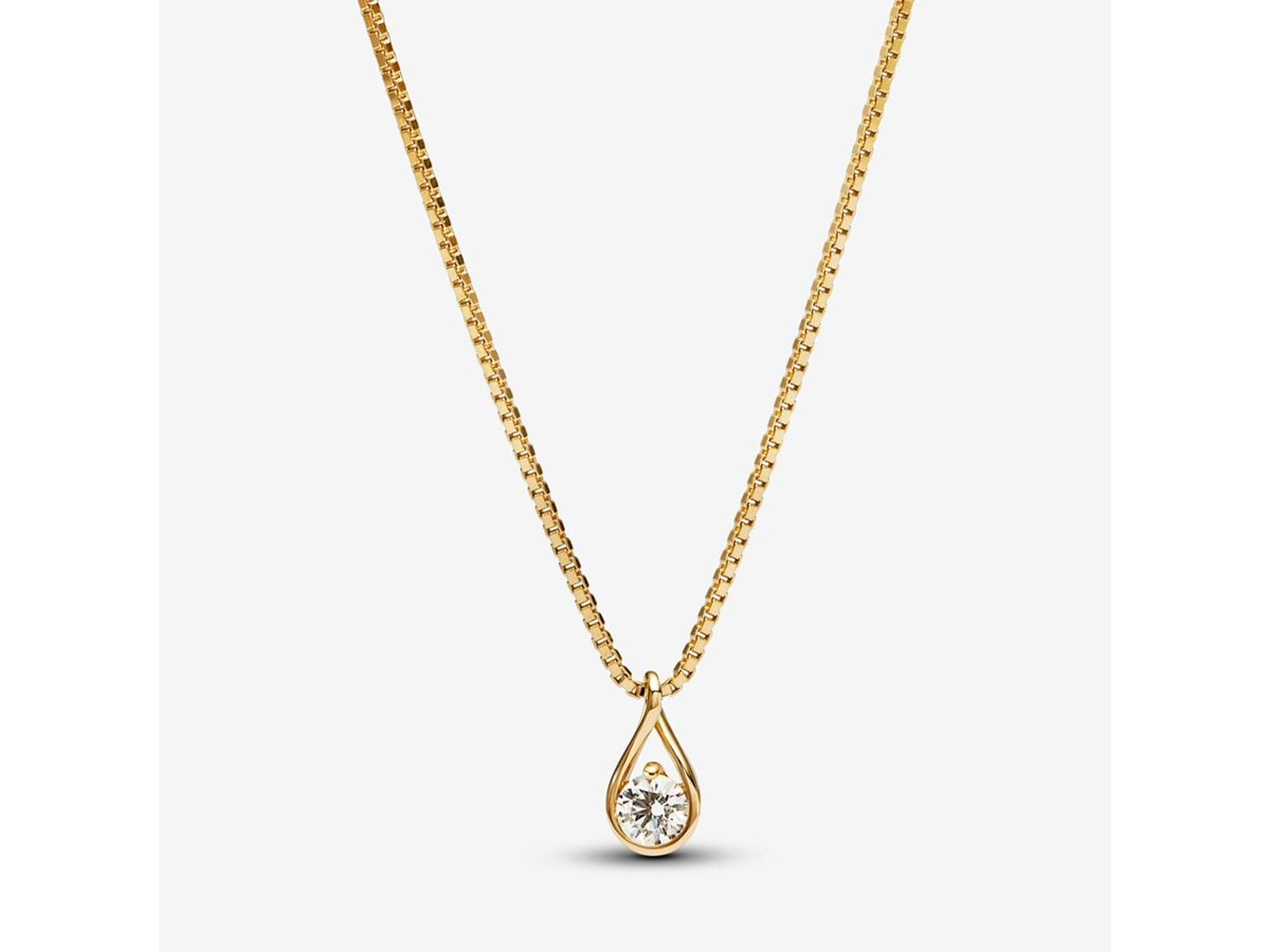
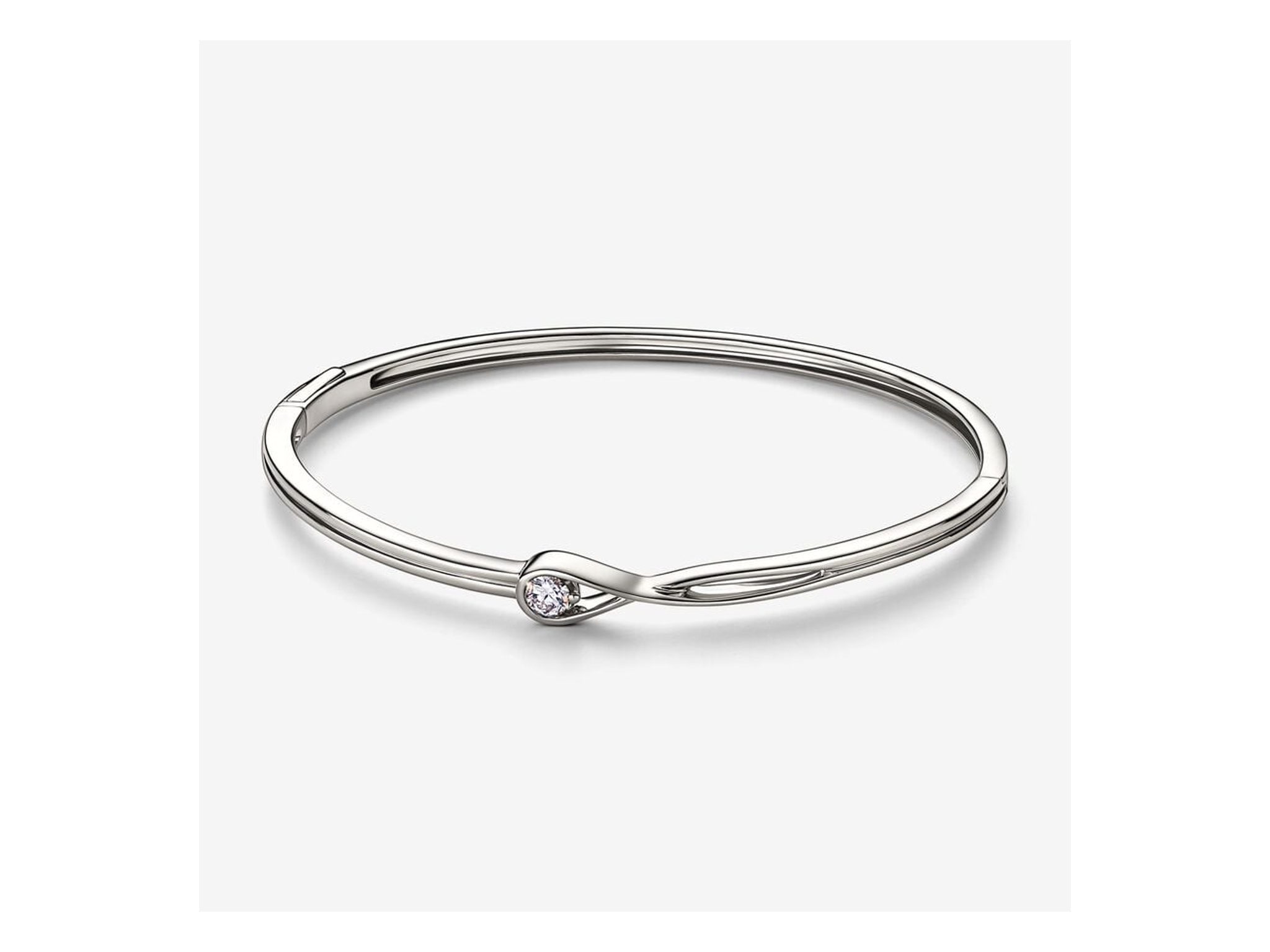

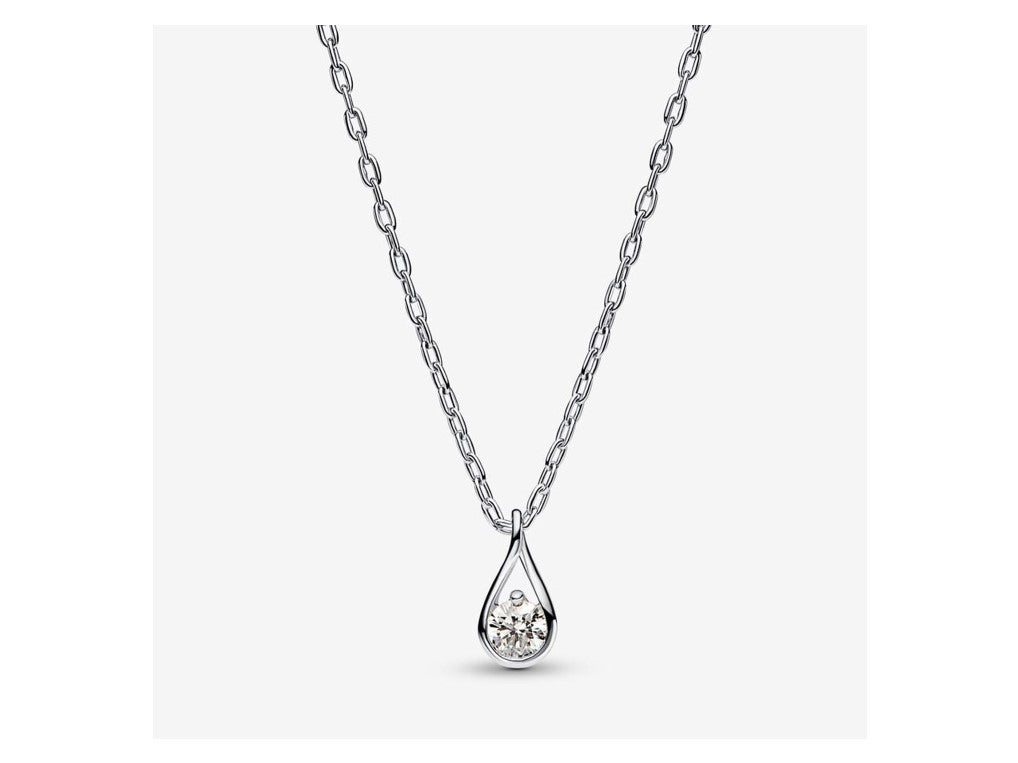 Best lab grown pendantPandora infinite sterling silver lab grown diamond pendant necklaceRead review£350
Best lab grown pendantPandora infinite sterling silver lab grown diamond pendant necklaceRead review£350
While diamonds may be a “girl’s best friend”, they aren’t so kind to the planet, as mining for them has a significant environmental impact.
For context, just one carat of diamonds causes up to 3.1 tonnes of earth displacement and requires 8.9 litres of fuel consumption. The ethical implications are equally as significant, as diamond mining can lead to the displacement of both people and wildlife.
These concerns have led to the growing demand for artificial alternatives – with nearly 70 per cent of millennials and Generation Z now considering lab-grown and more affordable stones from the likes of Kimaï and Monica Vinader.
One of the first major jewellery brands to pledge changes to its business and mining practices was Pandora when it announced that it plans to become entirely carbon neutral by 2025. As part of this pledge, the Danish company now uses diamonds manufactured in labs, avoiding newly mined silver and gold in its jewellery.
From delicate rings and glitzy studs to station necklaces or gemstone bracelets, pieces are set only in noble metals (yellow gold, white gold and sterling silver) and range from 0.15 to one carat. With prices starting from £225, it’s no wonder that Pandora’s sales of lab-grown diamonds have surged by 87 per cent.
The move is a step in the right direction, as the brand’s carbon emissions are set to be cut by two-thirds for silver production and more than 99 per cent for gold. Importantly, Pandora’s lab-grown stones are said to carry all the same qualities as diamonds, meaning the gems are aesthetically and physically identical to the real deal. The brand achieves this by using technology where a hydrogen gas mixture is heated to 800C to replicate the process under the earth.
How we tested Pandora’s lab-grown diamonds
Do lab-grown diamonds really look and feel as good as the real thing? We got our hands on some standout pieces from Pandora’s lab-grown collection to find out. Reviewing everything from quality and design to style and cost, read on to find our favourite pieces below.
Pandora infinite sterling silver lab grown bracelet

- Best: Everyday bracelet
- Carat: 0.15, 0.25
- Sizes: 16, 18, 20
- Why we love it
- Versatile
- Wearable
Great for everyday wear, this delicate bracelet is made up of a partly recycled sterling silver chain and a single lab-created diamond gem that’s set in a teardrop shape. Perfect for taking you from daytime into evening, the simple chain bracelet will add a touch of shimmer to your look. With two holes for adjustments, it’s a comfortable and customisable fit too. While Pandora’s contemporary styles have won popularity with Generation Z, the more classic designs in the lab-grown collection might cement it with others, too.
Pandora infinite lab grown diamond pendant necklace

- Best: Timeless necklace
- Carat: 0.25, 0.5, 1
- Sizes: 45cm
- Why we love it
- Investment piece
- Replicates diamond lattice-like structure
All the items in the infinite collection have an infinity motif around the diamond, with this necklace complementing the bracelet above. Made from partly recycled gold, the 0.25, 0.5 or one-carat diamond stone set in a twisted teardrop silhouette refracted the light to the same effect as our traditional diamond necklace – with the lab process replicating the crystal lattice-like structure of mined diamonds.
Pandora infinite lab grown bangle

- Best: Bangle
- Carat: 0.15, 0.25
- Sizes: 16, 17.5, 19
- Why we love it
- Comfortable
- Statement
There’s something timeless about a bangle, whether stacked for a bohemian feel or worn alone. This Pandora style boasts a contemporary silhouette, is easily adjustable, simple to clasp on and comfortable to wear. The band is crafted from partly recycled white gold which is elevated by the lab-created 0.15 or 0.25 diamond jewel, set in a twisted infinity motif design.
Pandora infinite lab grown diamond ring in gold

- Best: Engagement ring
- Carat: 0.25, 0.5, 0.75, 1, 1.75
- Sizes: 48-60
- Why we love it
- Luxurious design
If your purse stretches, add this timeless gold ring to your collection. Though an investment, the piece feels as luxurious as the price tag suggests, as the gold band, made partially from recycled materials, is awarded nice twisted detailing while the one-carat white gold jewel adds all the bells and whistles. Lightweight to wear, the twisted band accentuates the diamond which looked as shiny and refracting as the real deal. It would also make a lovely lab-grown alternative for an engagement ring.
Pandora infinite sterling silver lab grown diamond pendant necklace

- Best: Lab grown pendant
- Carat: 0.15, 025, 0.5
- Sizes: 45cm
- Why we love it
- Layering piece
- Everyday style
Matching the silver bracelet and at a similarly more accessible price point, this necklace is a lovely everyday piece. The delicate silver chain (made partially of recycled materials) works well when layered with other pieces, but the stone also speaks for itself.
The lab-grown stone boasted the same shine as our real diamond ring and the few people we asked to compare didn’t notice any difference. And considering they are 40 per cent less costly than mined stones, on average, you can’t go wrong.
The verdict: Pandora lab-grown collection
With the lab-grown faction of the jewellery market increasing by 15 to 20 per cent annually, Pandora’s lab-grown collection solidifies the growing desire for ethical alternatives. These advancements from one of the biggest jewellers are a hopeful signifier of moves within the industry toward more responsible practices – and we’re here for it.
Starting from £225, the pieces don’t come cheap – but diamonds are forever and these lab-grown alternatives are made to last. Still at a fraction of the price of real diamonds, the items are both more affordable and sustainable. Appealing to millennials falling out of love with the real deal, the infinity motif throughout the collections introduces a more classic and timeless style into Pandora’s catalogue.
Find out about another of our favourite lab grown jewellery brands, Kimaï
Voucher Codes






